Introduction to Automated Data Driven Testing for REST APIs
Explore the benefits of data-driven testing for API monitoring using vREST. Separate concerns, improve maintainability & enhance testing efficiency effortlessly.
Start Free Trial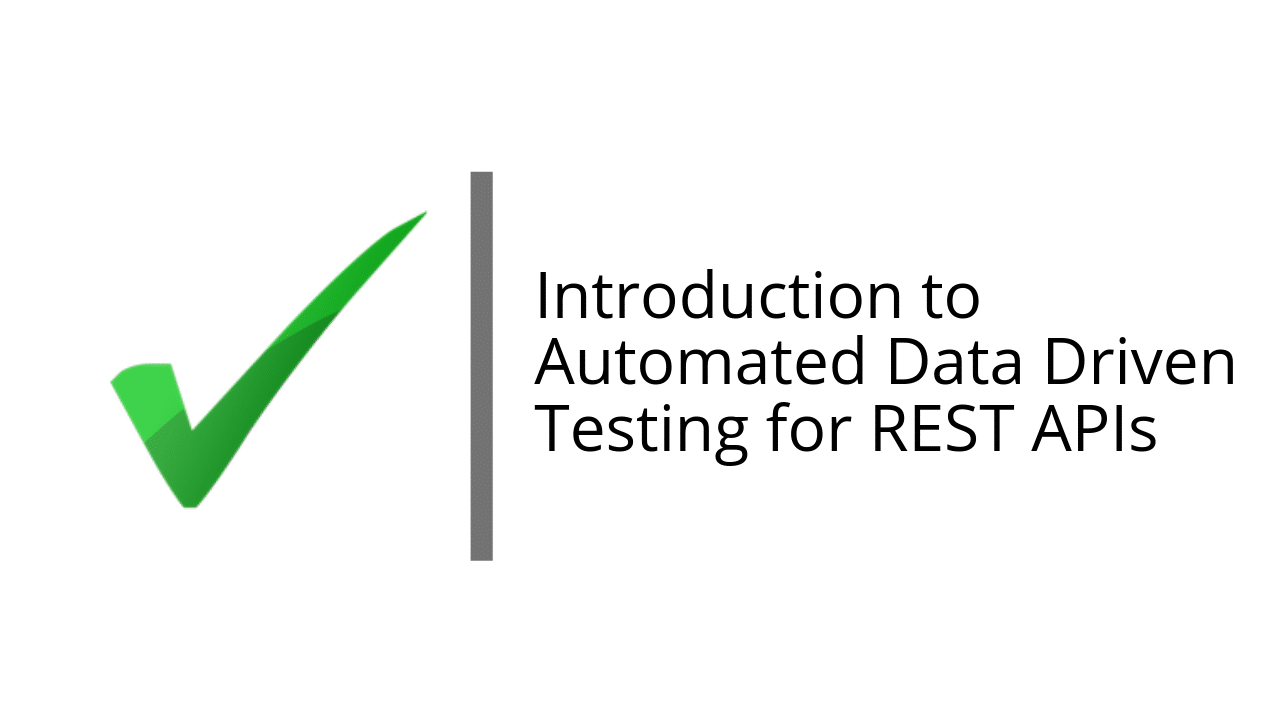
Explore the benefits of data-driven testing for API monitoring using vREST. Separate concerns, improve maintainability & enhance testing efficiency effortlessly.
Start Free Trial
One of the biggest concerns in the industry of Software Testing will always be the concern of Investment that the Companies provide for Testing their Software services. Thus, it leaves us with only options to either reduce our UI testing resources or, better, optimize our efforts for performance testing. Well, Data Driven Testing is one such thing, that can not only optimize your Testing efforts but also can give better results with minimal efforts.
Let’s take a deep dive into this subject..
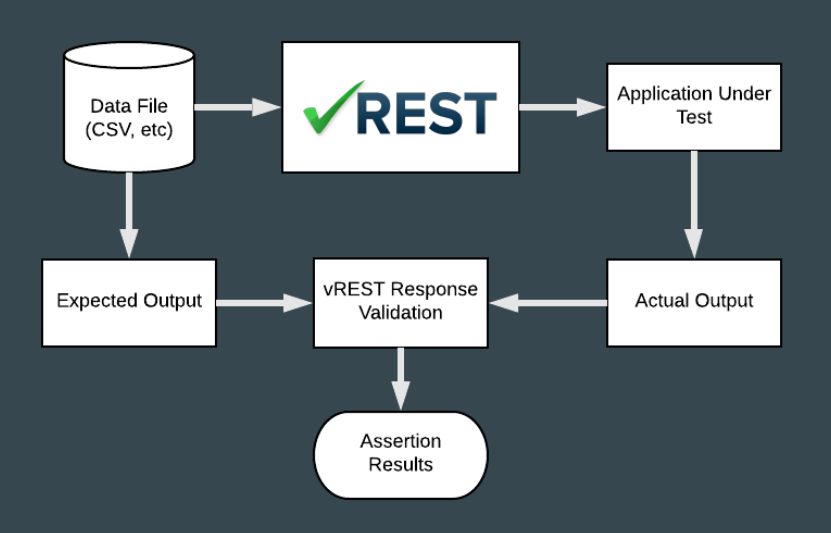
We use several methodologies in making our Software Testing processes faster and effective performance testing. Data Driven Testing is one such methodology.
It is an approach to test automation in which the Test Data is stored into an excel sheet (or any other data file), and the automation logic is written separate from the Test Data.
The UI testing Data is eventually attached to the Automation Logic through variables.
There are many benefits of using Data Driven Testing, but let me share with you some of the benefits of API monitoring that you get when you are using Data Driven Testing in vREST (keep in mind that these benefits are confined to Data Driven Testing implementation in vREST):
This way you can separate the work of writing Test Data and Automation Logic on API testing platforms, eventually saving a lot of time and effort.
Implementing Data Driven Testing in vREST is a piece of cake.
We will be using Contacts Application’s API (this is a CRUD application where you can create, read, update and delete contacts) for demonstration.
To try out Data Driven Testing, just follow these steps:
(Here is the Github Repository, for Data Driven Testing test cases and sample data file)
(We have created a global variable, contactsAppBaseURL, which stores the base URL of Contacts API)
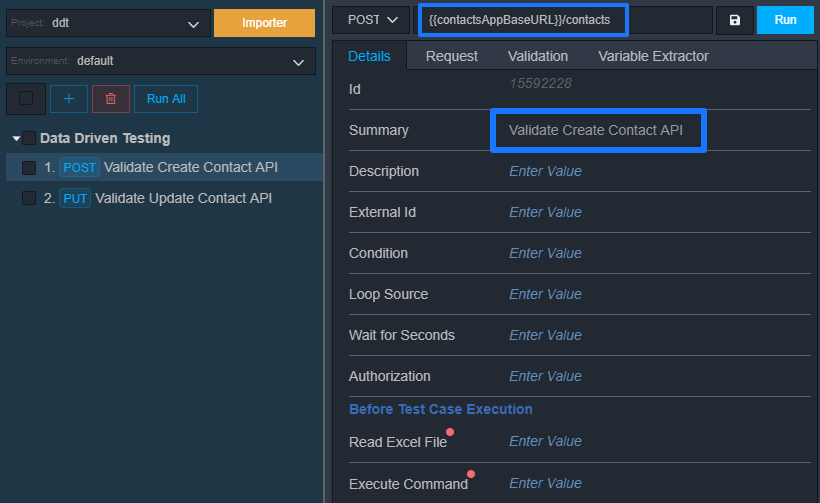
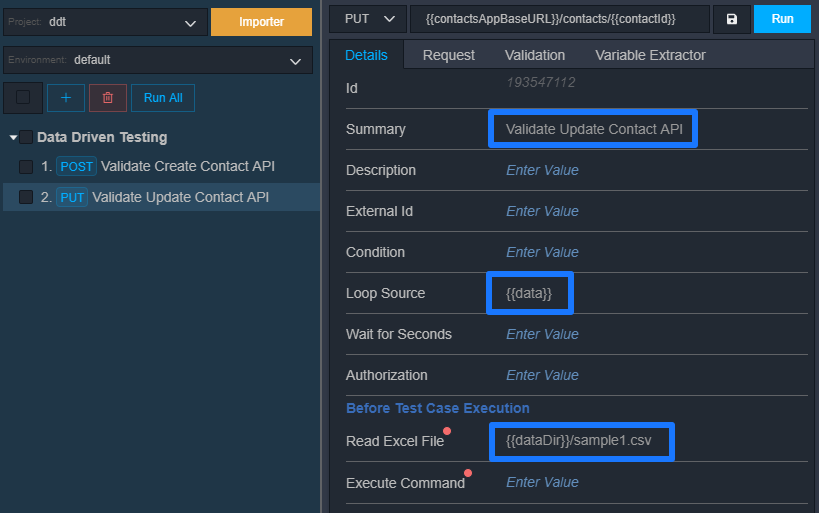
Here, you can see that we have used {{data}} in the Looping Section. {{data}} is a variable which points to the collective data from your Test data file. Adding this to the Looping Section of the automation tool will make the test case iterate over each row of your test data file.
Note: Each row in the test data file is acting like a test case.

Now, that we have set up our test cases, we created a CSV file as the test data document,
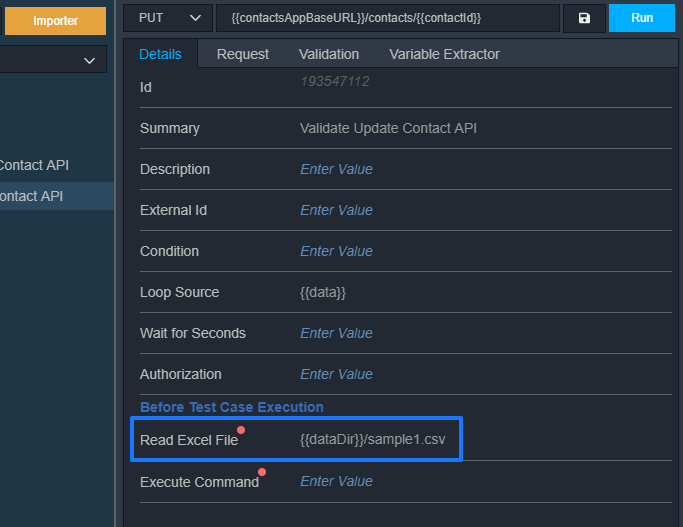
Let’s see how you can write the test data in your CSV document when you are working for API performance testing,
Note: Each row in this file is acting like one test case. Thus, we have 6 test cases in this file.

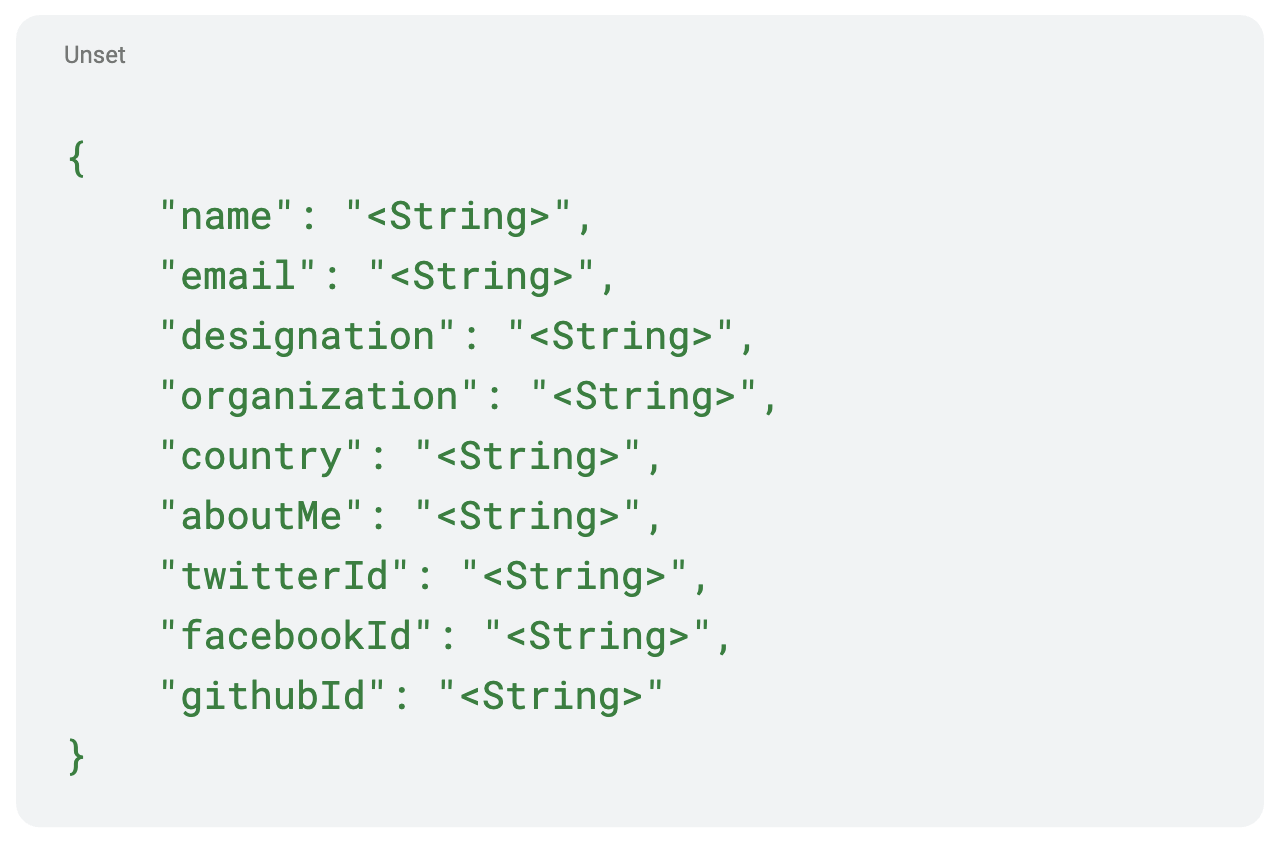
You can Run All the test cases and then Copy the Actual Response to the Expected Body in your CSV document when working on automated API testing tools. Let’s see how that is done,
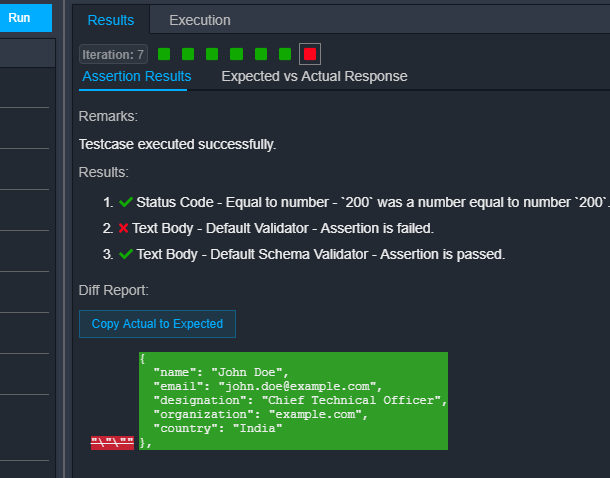
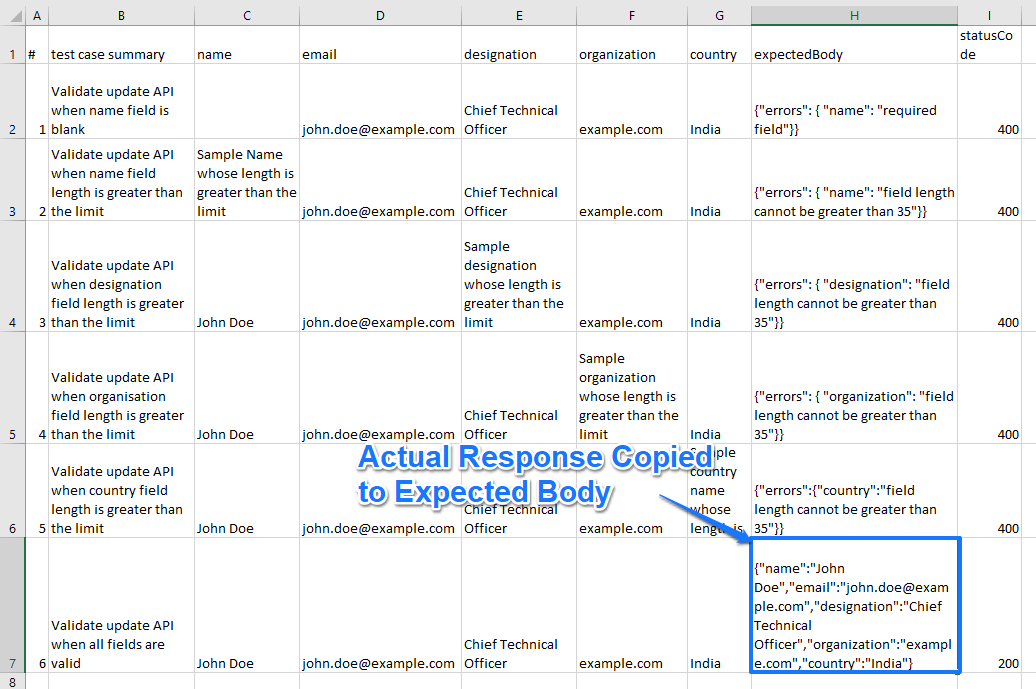
By now, we have seen how you can easily separate test data from automation logic.
Now, let’s see how you can add more test scenarios into the CSV file.




So, you can see how beneficial Data Driven Testing can be for your automated API Testing tools and its workflows.

Record, Specify, Test and Mock your RESTful and Other Web APIs.